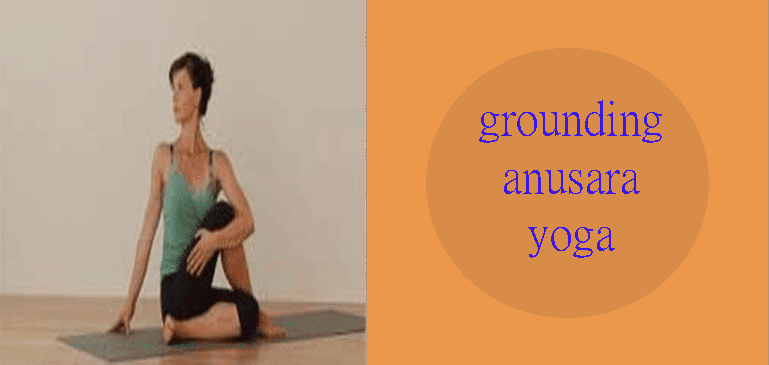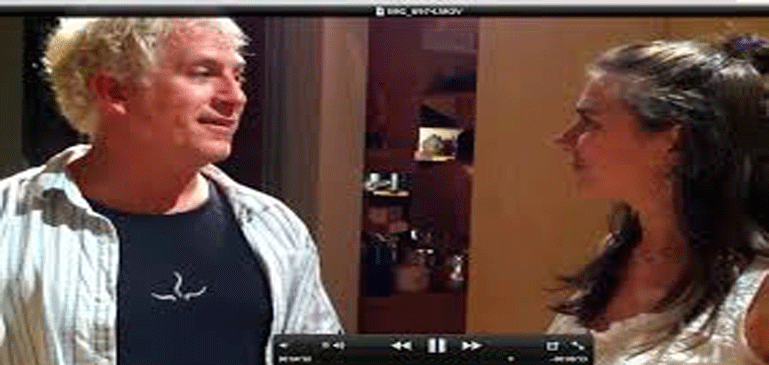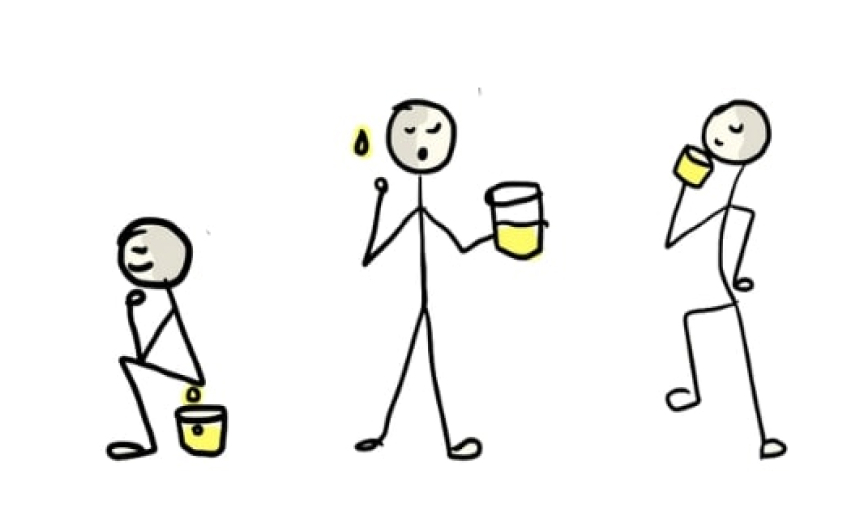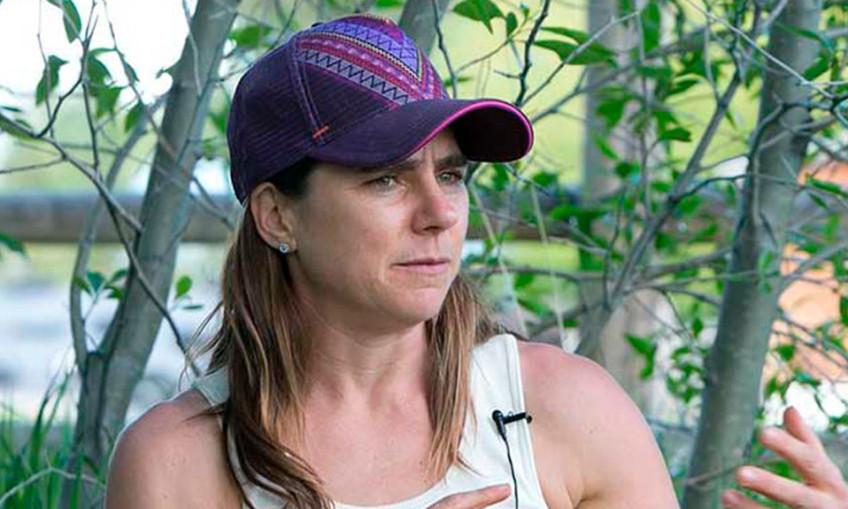Grounding Anusara Yoga – a rebuttal

Dear readers,
I’ve been asking by many about my take on the Anusara debacle. I wasn’t moved to write until I read this blog post : grounding anusara 2: a brief ayurvedic follow-up consultation by Matthew Remski. I commented on his blog below, and decided to paste it here for your perusal.
In typical pitta-kapha fashion, I haven’t resigned… yet. I love the method. We’ll see if the ‘man’ behind the method is a true man, clears his name, and seeks redemption. I’m not sure how much longer I’ll last as an un-resigned teacher… or if there will be anything left from which to resign. I’m very intrigued with the shift in organizational structure, on a meta-level. I sense the guru-head teacher -CEO-paradigm is almost officially over and an explosion of teachings beginning.
(On a personal note, a few years ago I found John’s teachings lacking depth and his responsiveness lacking integrity. I “left” John as a spiritual student then, without resigning, and took up with Craig Hamilton. Largely, because of this, I’ve been disgusted, but not heartbroken by the expose.)
In any case, you might read Matthew’s post, before reading my response. You may find insights in Ayurveda and the Anusara methodology. Write your comments below.
Dear Matthew,
Dear Matthew,
How interesting to connect around this topic with you. We’ve chatted before, but you might not remember me. As a Certified Anusara Yoga teacher and Ayurvedic Practitioner of over a decade, I’m fascinated by your post.
First off, I don’t think your assessment is correct on John Friend’s doshic imbalances.
My sense is it’s actually a pitta imbalance at the heart of it. Tamasic pitta in the manovahasrota. Detox. Gotu Kola. Kutki. Guduchi. Penance. This man needs bitter and astringent more than sour and salty. And not too much sweet for awhile.. unless we’re talking butter lettuce. Of course, you can stack a vata imbalance on top of that (& kapha too, for that matter), but at the heart of the vikruti, I’d bet on pitta. Take care of the vata with dina and ritu charya and the pitta with diet, herbs, and detox.
Okay, that was just for kicks.
The heart of the matter lies below. Please note, I write this out of interest in the methodology of Yoga and Ayurveda, and not in defense of John Friend.
Can we know universal truths?
I sense the grandiosity of claiming “Universal Principles” for you is limited to Anusara, but exclusive of Ayurveda. However, I sense you making the same claims of Ayurveda.
What I find most interesting is a lack of discrepancy where you find discrepancy. For instance, you state, “Ayurvedic therapy begins here: identifying a central imbalance, and applying balancing/opposing forces to existing vulnerabilities.” And then you state, “The therapeutic application of opposites is antithetical to a culture that markets ideas of universality and ultimacy. The very notion of “Universal Principles” implies that a single thing can be good or right for everyone. Obviously, this is not true.”
You are referring to the “Universal Principles of Anusrara Yoga”. In my understanding of the Anusara methodology is that:
(1) Identify a central imbalance happens through what we call first principle in Anusara – opening to the largest perspective.
(2) Use opposites to cultivate dynamic balance.
The uniqueness is packed with the universality. Obviously, this is a meta-level question. We’re unlimited beings in limited form. The form has attributes. To treat imbalance, we go back to center – away from the pole we’ve been heading towards. There is no difference in the philosophical systems here.
To Bend Backwards or to Root?
Secondly, I strongly disagree with this: “For those who feel alienated from community and withdrawn from intimate contact, the ubiquitous backbending of Anusara might indeed “open the heart”.” I’m not sure where it’s ubiquitous to backbend in Anusara. Skillful Anusara teachers around the globe help their students move energy into their legs and generate apana vayu… especially when their students are alienated. Opening the heart comes in a variety of forms. As part of teaching first principle in Anusara, we consciously set our foundation (connection to Earth). We are well-aware of the stimulating quality of backbends and the grounding benefits of folding forward.
On resignations
Thirdly, I’m not sure how to read this statement:, “I would imagine that many people leaving the Anusara fold at this point have stayed just long enough to find out what they don’t need.” I hope I’m misreading a tone of superiority in your voice. Most of the teachers I know who are leaving are masterful, dedicated yogis and yoginis. They didn’t just stroll through Anusara and stay “just long enough”. Many, if not most, found truths in the method, as you and I have found truths in Ayurveda. The ones who stayed, “just long enough” aren’t creating this massive ripple through the contemporary yoga world. The ones who have had an earnest, ethical departure are distilling the truths of the method from the founder. This should invoke respect from anyone who has learned a deeper truth from a teacher.
For some reason, this brings back a memory of when I was studying with Dr. Vasant Lad in his clinic in Pune, India. Dr. Lad is into Jyotish, I’m sure you know. He read my chart and told me I was abused in my childhood. I instantly knew he was wrong. And he was wrong. Previous to this moment, I wanted to believe everything Dr. Lad said was true. I was in a gurukula program and he was the guru. It took him telling me my parents horribly and repeatedly abused me from reading an astrology chart, and then him telling me I was in denial of it, for me to get that this wonderful vaidya too had many limitations. All of the sudden I could extract the man from the method. This is what is happening with Anusara.
Your evaluations of the Tantric teachings of Shri and Kula:
As this post applies to the Anusara version of Tantra, we’ll stick with that.
Shri taught in Anusara is part of the attitude of seeing the good, yet not at the exclusion of opening to the largest perspective. That comes first, as I explained above. Shri, in Anusara terminology is an agreement that life (ayus) is inherently positive. I explain it like this: if life is neutral, how can you explain your instrinic care? Feel how much you care… for whatever you care about (truth, morality, beauty). That is the positive force of life. When we engage with the life positive perspective, we are seeing the Shri. In the face of the demise of John Friend, I practice “seeing the shri”, by holding an attitude of curiosity of the evolution of yoga organizations. The paradigm of guru-leader-CEO might be ending and something new emerging. How cool is this? And…why not educate and speak of balancing the bijas, “lam” with “shri”? This is how it would be taught in Anusara…. and Ayurveda.
On Kula:
Kula is a simple teaching of that it takes a community to do yoga. It takes a community to know who we are. It takes a community to see and support our growing edges.
Kula is not estranged from our beloved Ayurveda, and holds the same meaning. This is why Dr. Lad named the program of taking a handful of students into his country, his clinic, his farm and his home his “gurukula” program. The community that gathers around the teachings. We know that only in community, only in relationship, can we really know the whole of “ayus”. Of course, we are the whole, so how can we do Yoga, how can we awaken, if not in relationship with the teachings, the teacher, and our fellow journeymen?
Matthew, I know you’re a smart man. I ask you to sharpen up in providing service to yogis worldwide. Your review, while it has entertaining moments and flashes of insight, lacks the depth you’ve previously demonstrated.
Thanks for reading,
Cate
www.yogahealer.com















Comments
No comments yet, be the first to comment